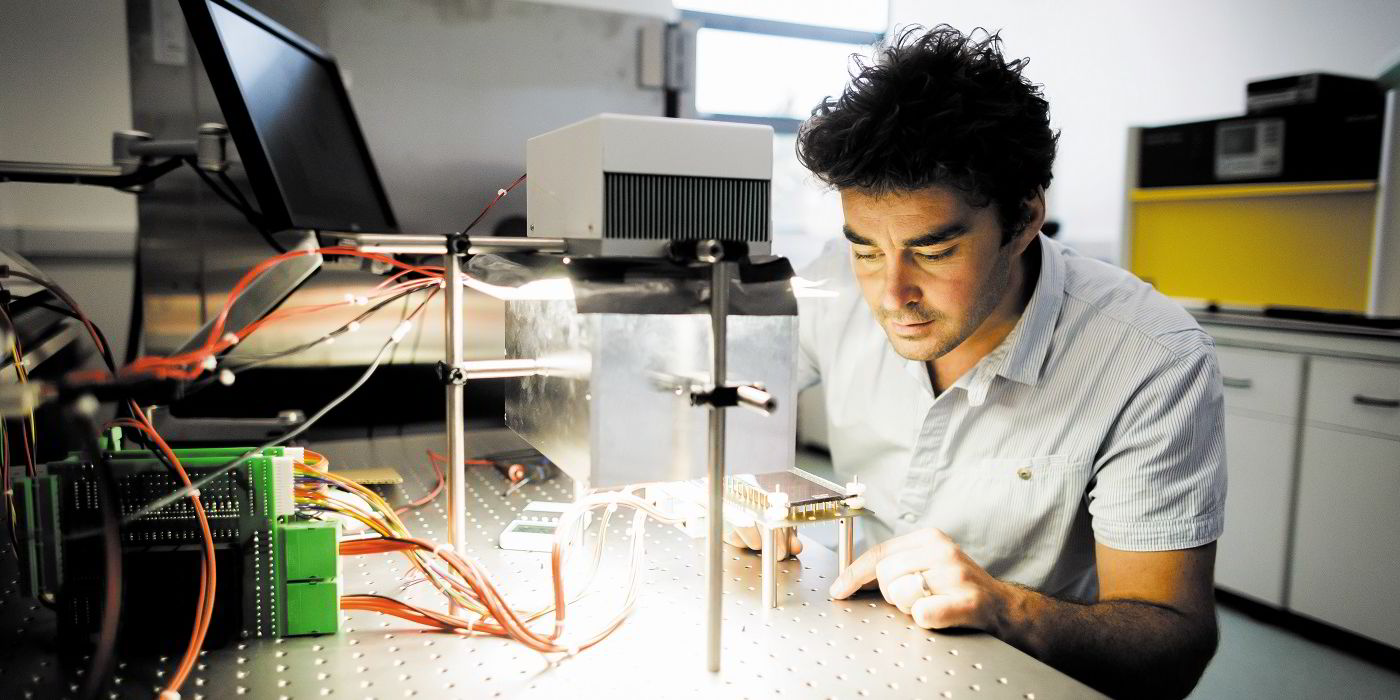This buy-in, which brings the total raised to £21.3m over the past 18 months, with further investment expected before year-end, will be put toward speeding up commercialisation of the company’s perovskite PV technology, a thin layer of which has been shown to boost conventional cells' output by some 30%.
“Energy consumption is set to double within the next 20 to 30 years. Perovskite has the potential to radically improve the efficiency of solar PV and meet the world’s energy demand into the future,” says Oxford PV chief executive Frank Averdung.
“Our technology has already demonstrated the efficiency and stability necessary to engage commercially with major industry players and become a key part of enhancing solar energy supply in years to come.”
A slice of the new money, stumped up by a combination of new and existing shareholders, has been earmarked to build a demonstration line to showcase the technology to manufacturers.
Meanwhile, a strategy for manufacturing “stable and commercially available” perovskite PV cells has been tabled by at the US Energy Department's National Renewable Energy Laboratory (NREL), in collaboration with researchers in Korea, Switzerland and Japan.
Despite leaping to power conversion efficiencies of better than 22%, commercialisation of perovskite PV has been held back by the historic instability of the cells and a serial production method that manufactures at high-performance.
The proposed strategy-to move toward stable commercial perovskite PV includes: development of a reproducible manufacturing method that considers management of grain boundaries and interfacial charge transport; using electroluminescence as an effective metric or tool for evaluating cell quality; and recycling the lead in the cell to answer environmental concerns
The work at NREL is supported by the US SunShot Initiative, which aims to make solar energy fully cost-competitive with traditional energy sources by 2020.
Until recently, perovskites – a group of compounds that are very good at absorbing the sun's visible and infra-red light, but are unstable, dissolving in water or high humidity – were viewed as an experimental photovoltaic material, with a niche group of laboratories creating cells with efficiencies of only 4%.
New approaches to cell design have led to a transformative improvement in the economics of the technology, making it increasingly competitive with market-dominant crystalline silicon (CSi) and thin-film, which boast efficiencies of 17-23%.
A report earlier this year from US-based analysts Lux suggest recent advances in perovskite PV could lead to commercial roll-out of the technology "between 2019-21".

